
common scab of potato (Streptomyces scabiei)
According to East Point Potatoes, this is simply a natural defect called "hollowheart," and it's caused by either a quick growth or an odd change in temperature while the produce was growing. Again, these potatoes are still safe to eat, but you'll definitely want to cut the brown center out of it before you start munching.
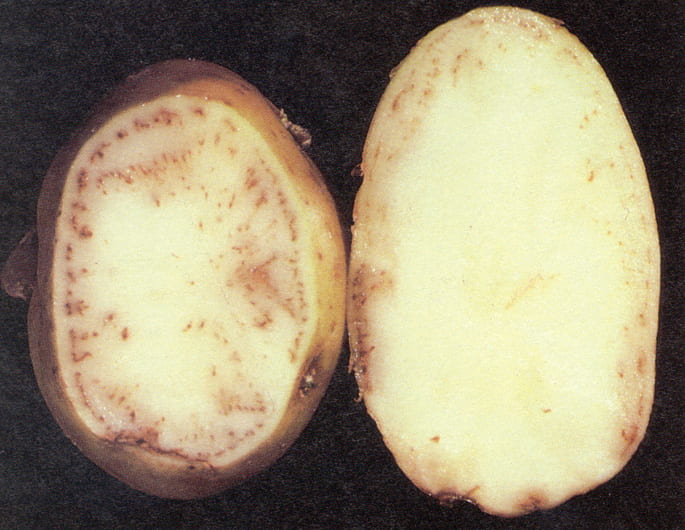
Detection of Potato Tuber Diseases and Defects Cornell Vegetables
Experience shows that ensuring there is a minimum of 0.15% calcium in the peel, improves potato skin finish, boosts disease tolerance and minimises IRS. Peel analysis is a good way of confirming whether a disease or skin finish problem is calcium related. Even small amounts of calcium in the tuber can make a big difference.

potato rot nematode (Ditylenchus destructor)
Ring rot. Ring rot is a serious bacterial disease that affects potato crops. It is caused by the bacterium Clavibacter michiganensis subsp. sepedonicus and can result in significant economic losses for potato growers. Symptoms of ring rot include wilted foliage, stunted growth, and dark streaks in the tuber flesh.
Fusarium dry rot of potatoes Agriculture and Food
Internal brown spot (IBS) is a physiological disorder occurring in potato tubers that appears with the formation of punctiform and/or enlarged rust-coloured necrosis in the medulla. Under inductive environmental conditions, the irregular-shaped spots appear at the level of vascular ring during the tuber bulking growth stage.
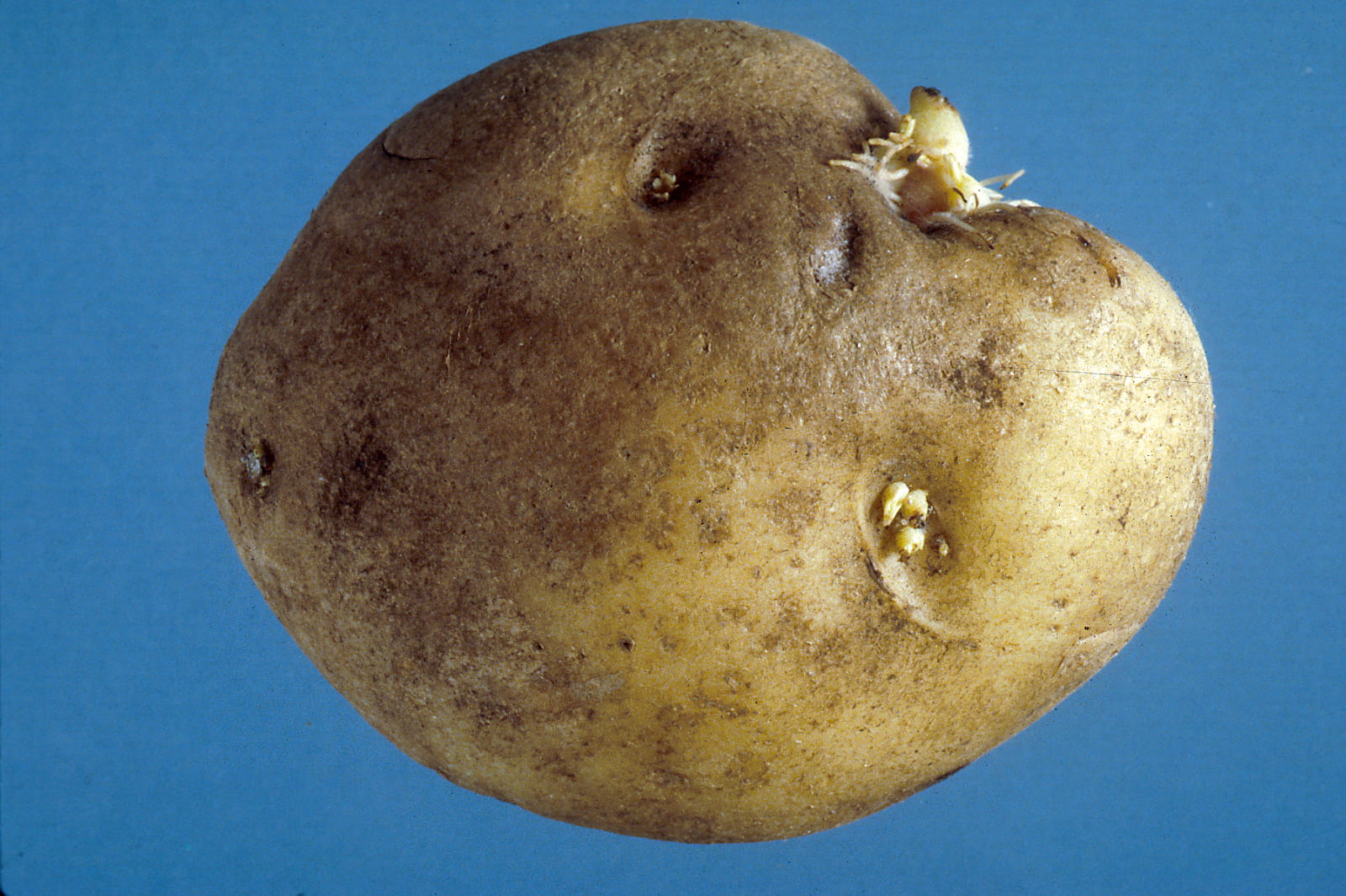
Black Dot Disease of Potatoes Cornell Vegetables
The flesh of potatoes, like the flesh of other types of potatoes, oxidizes and changes color when exposed to air. Place the sweet potatoes directly into a bowl or pot of cold water to prevent the color from changing while peeling. To prevent blackening after peeling, add salt, vinegar, or lemon juice. If you notice brown spots in your sweet.

Rhizoctonia dampingoff, blight and rot (Rhizoctonia solani)
A white spot under your potato peel could just be a bruise. In a typical potato bruise, damaged cells leak contents that mix with each other and the air creating dark colors. Known as enzymatic browning, you've also seen the result of this string of chemical reactions when produce ranging from apples to avocados is wounded.
Potato
Best Answer Home - Food Brown Spots on Potatoes? Are They Safe to Eat? Best Answer Potatoes can look perfectly good on the outside but sometimes when you peel them or cut them, you'll notice brown spots or brown holes on the surface that can be a little alarming.
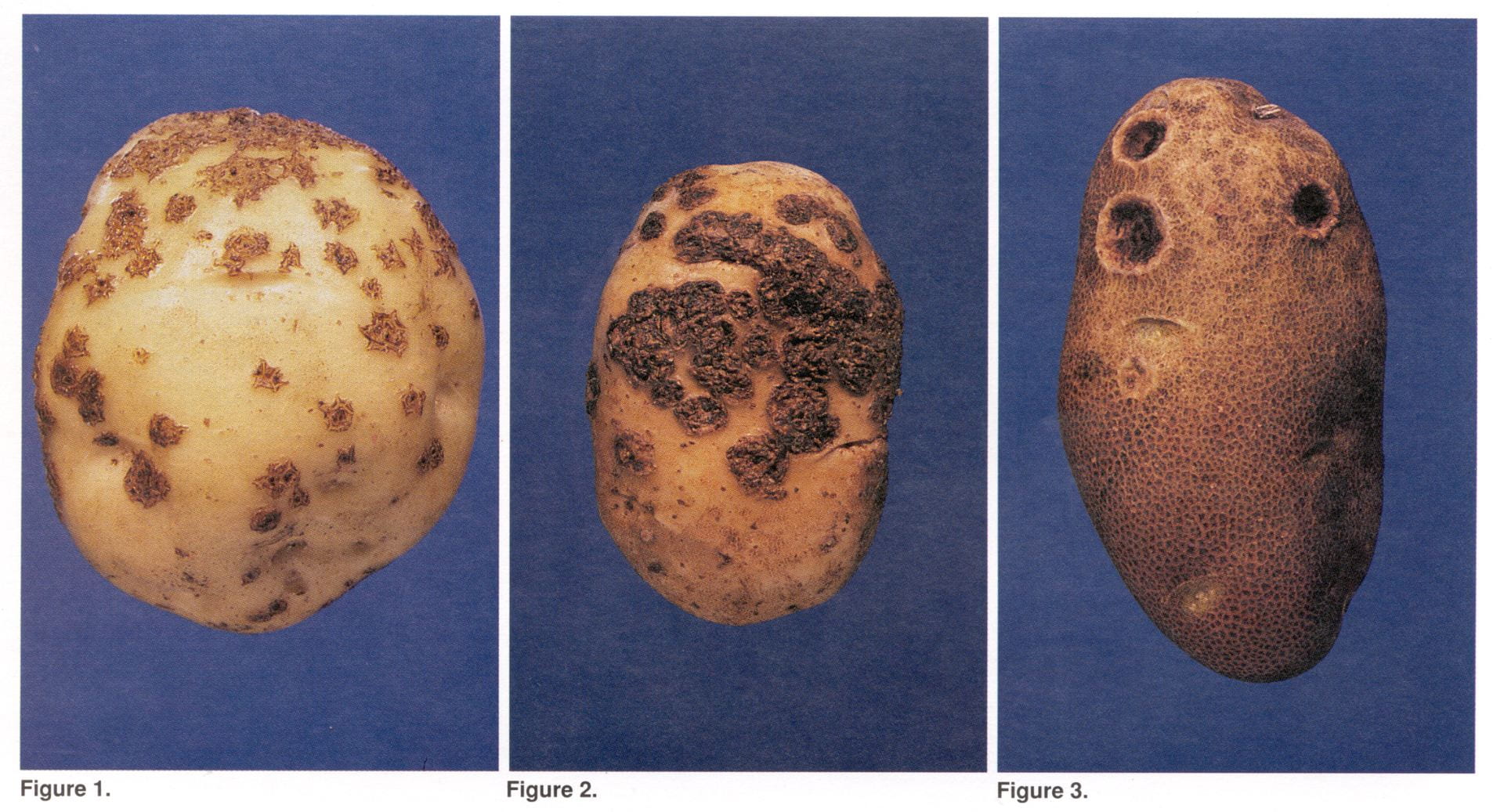
Potato Scab Cornell Vegetables
Potato tubers are enlarged underground stems. When potato tubers are exposed to light (either in the garden or storage), their skin turns green due to the formation of chlorophyll. The chlorophyll itself is not a problem. However, higher levels of glycoalkaloids also develop in the green tissue. Green tubers have a bitter taste when eaten.
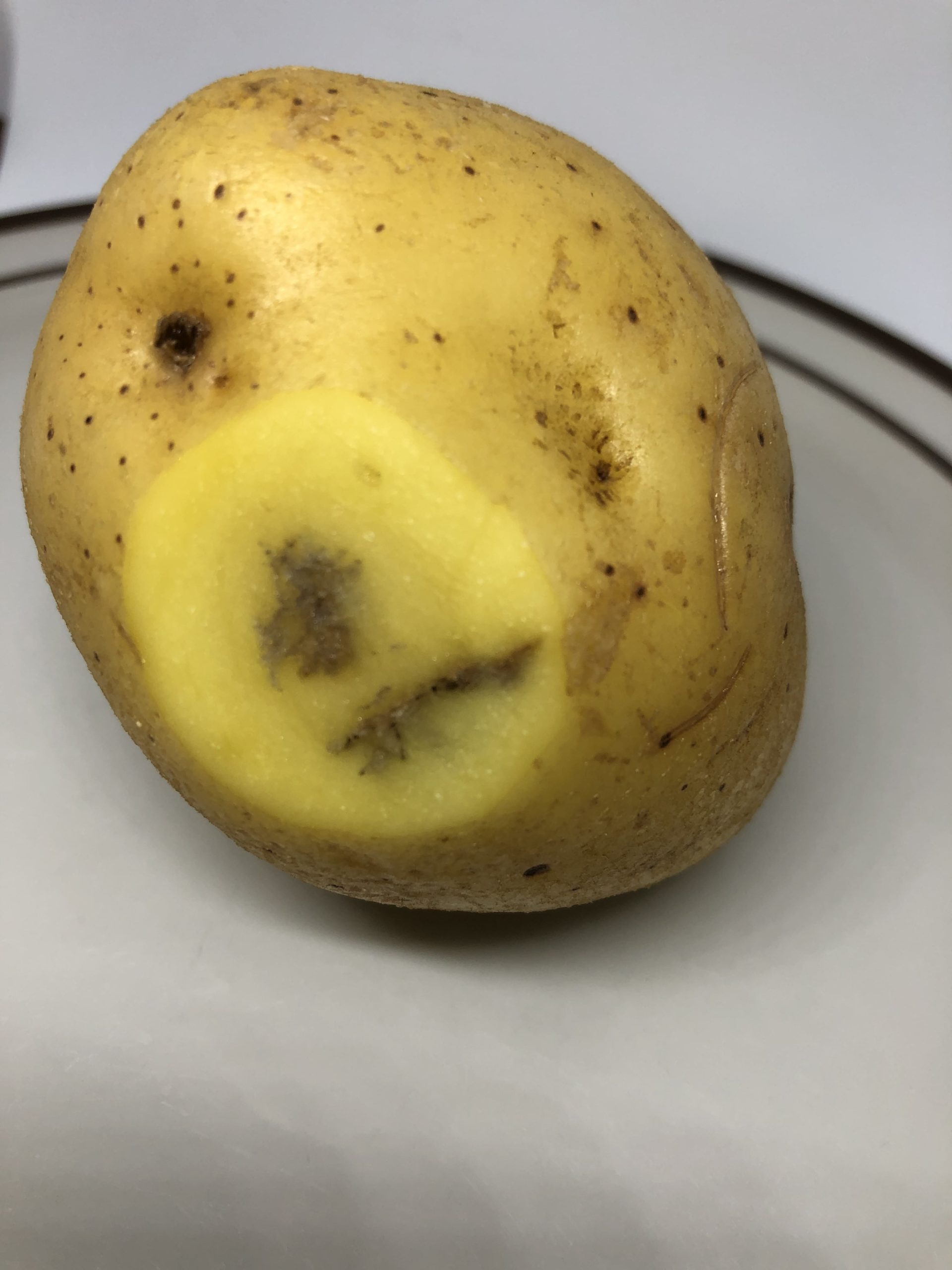
Black or brown just under potato peel
Directions. Preheat the oven to 425 degrees F. Poke holes all over the potatoes with a fork then place them on a baking sheet. Combine the olive oil, baking soda, 2 teaspoons salt and a generous.

Early blight Potato Ontario CropIPM
Brown spots inside a potato can be formed by something called rust, or by stress when the tuber is growing. Sometimes, specific fungi or viruses can cause the formation, and occasionally, a hollow ringed by brown flesh can be caused by uneven watering.
Potato
Brown rot Common scab Gangrene Late blight Latent and mild mosaic viruses Pink rot Potato Leafroll Virus (PLRV) Potato Virus Y (PVY) Powdery scab Ring rot Silver scurf Skin spot Potato Mop Top Virus (PMTV) Tobacco Rattle Virus (TRV) Verticillium wilt Violet root rot Wart disease Watery wound rot
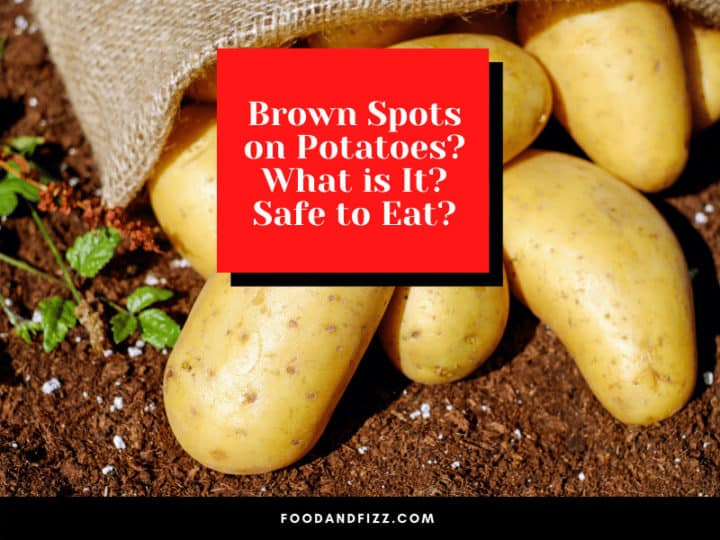
Brown Spots On Potatoes? Are They Safe To Eat? Best Answer
Breathing underwater is hard! Even if you're a potato! Odds are good that the potato pictured spent time in a too-wet environment. It might have been waterlogged in the field, or it could have been washed, but not properly dried. Can you imagine trying to breathe under water? Just as you might gasp to get enough air, the lenticels struggled.
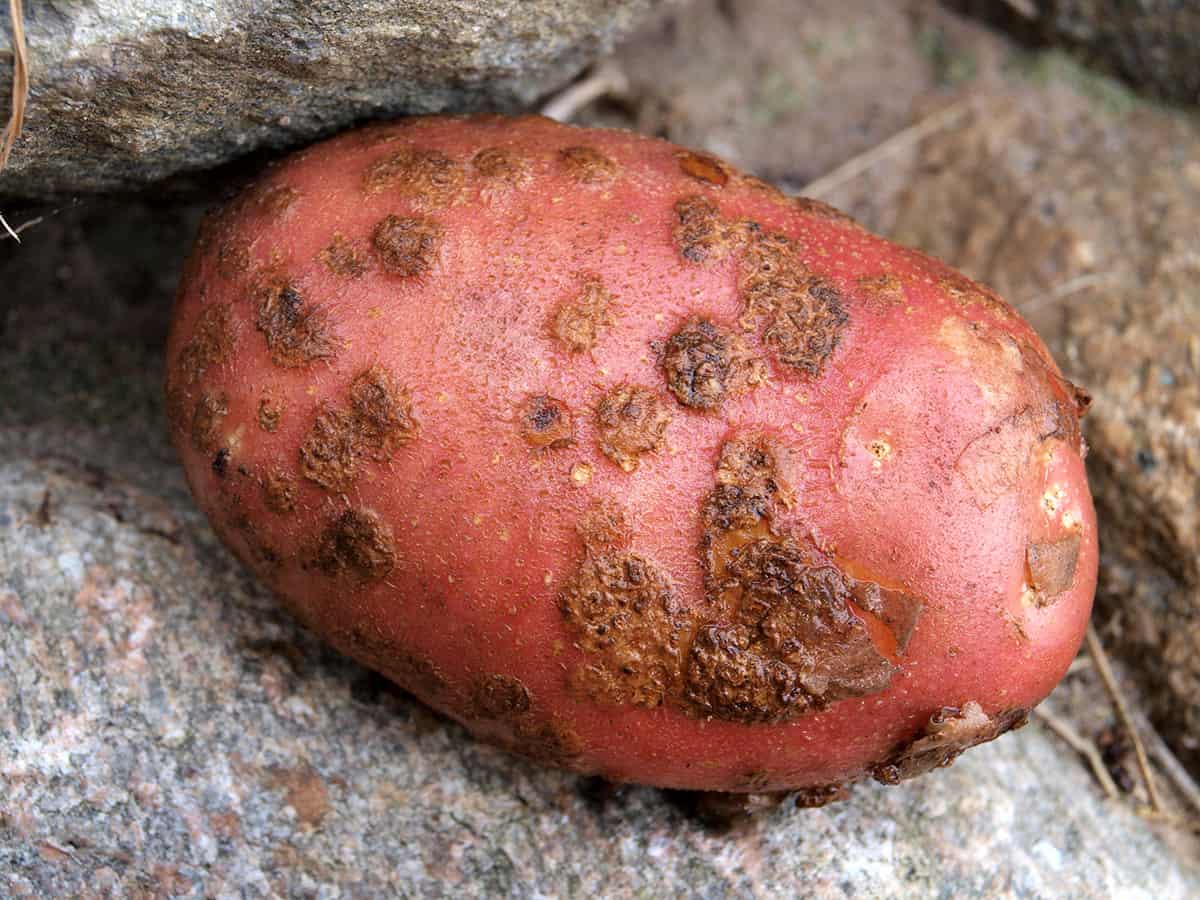
14 Common Potato Diseases and Pests To Watch Out For
Brown leaf spot of potatoes can be misidentified as early blight, potentially compromising disease control. Early blight, caused by Alternaria solani, is a very common fungal disease present in most regions that produce potatoes. Brown leaf spot ( Alternaria alternata) of potatoes has gained attention recently for its similarity to early blight.
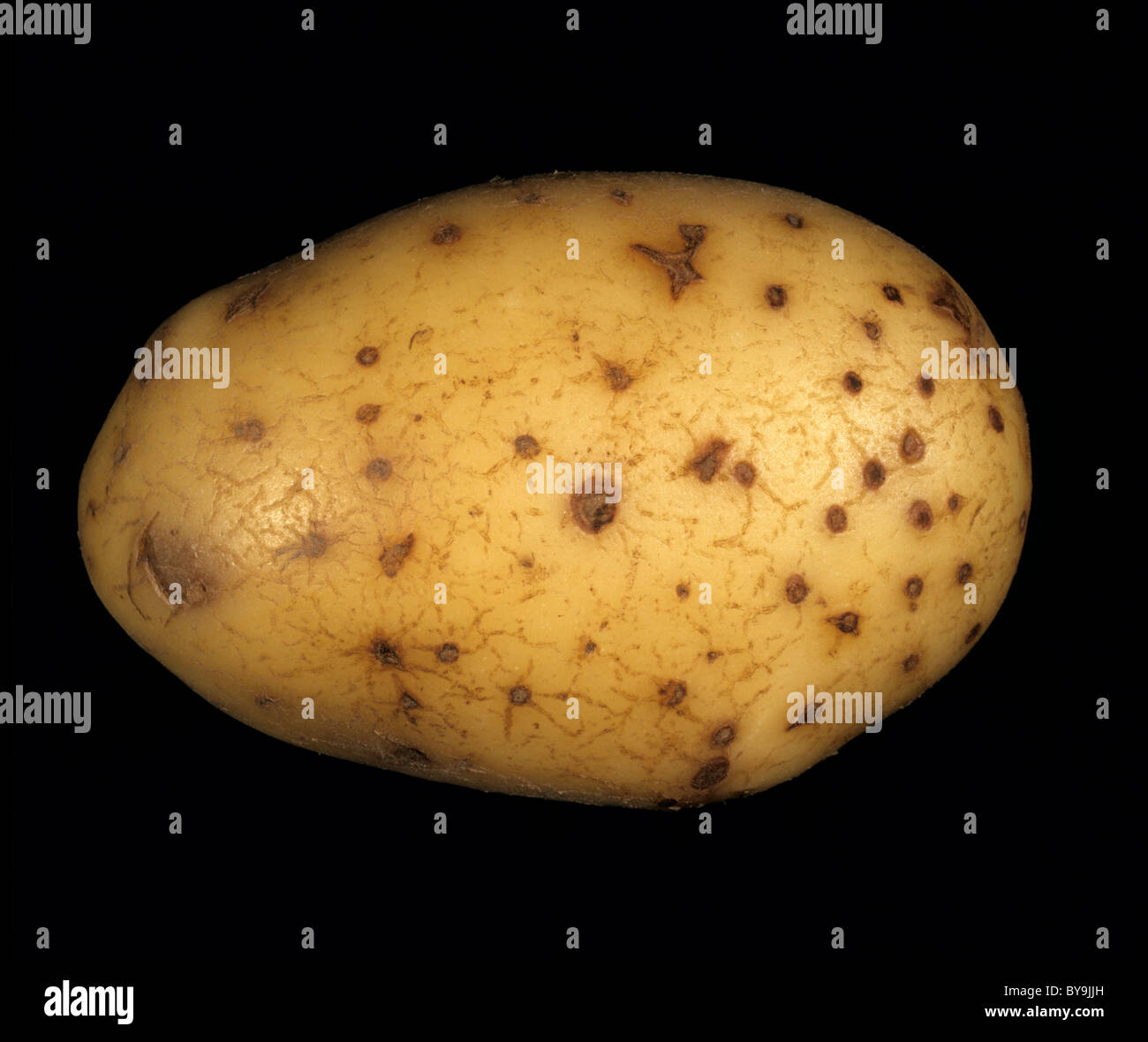
Enlarged discoloured lenticels on potato tuber skin surface Stock Photo Alamy
These spots are usually a sign that the potato is past its prime and starting to spoil. If you cut open a potato and it has a lot of brown spots inside, it's best to toss it. 3-Disease: Several diseases can cause brown spots on potatoes. Common scab, caused by the bacterium Streptomyces scabies, results in rough, scaly spots on the potato's skin.

The 3 Reasons Why Potatoes Develop Brown Spots Inside
Irregular patches of gray discoloration on surface of the potato tuber. Sunken dark brown to black lesion on stem that turns white in the center with age. Many pinprick sized black dots can be seen on infected stems and tubers (handlens is helpful) Leaves may have random brown spots, or may yellow and wilt due to infection of stem and roots.

What are these dark spots on my potatoes? Potatoes
Lesions are initiated at the stolon end as small pale brown spots which may be difficult to detect at harvest but will continue to develop in storage. In storage, lesions may darken and the skin may slough off and many small circular lesions may coalesce to form large affected areas.